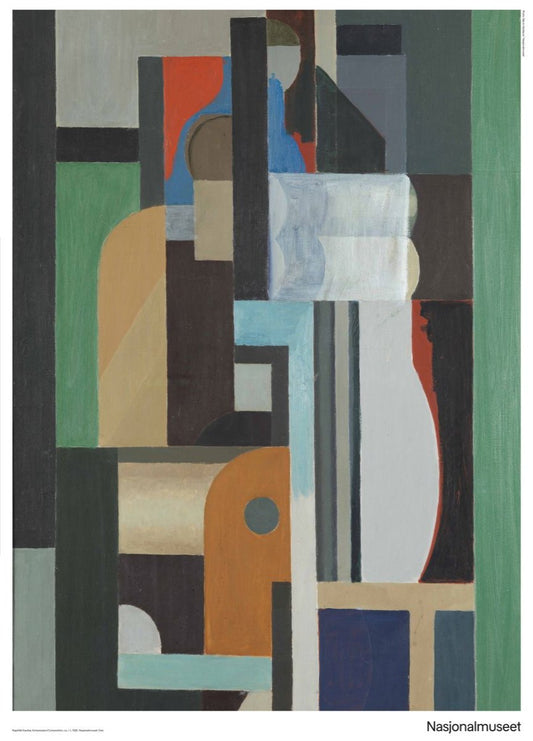Collection: Ragnhild Kaarbø
-
Composition
Vendor:Ragnhild KaarbøRegular price From 150,00 NOKRegular priceUnit price per -
Composition with head
Vendor:Ragnhild KaarbøRegular price From 150,00 NOKRegular priceUnit price per






